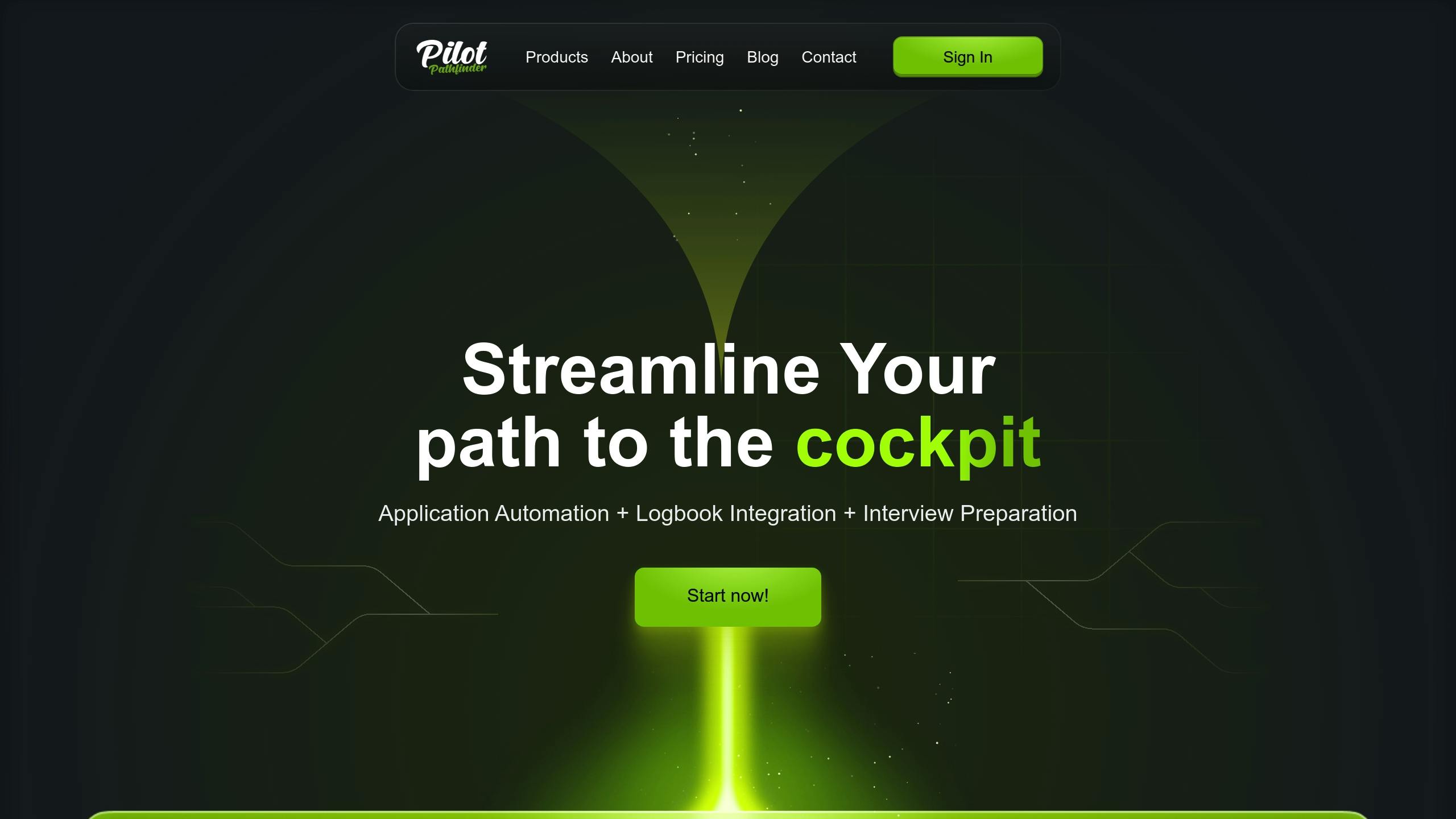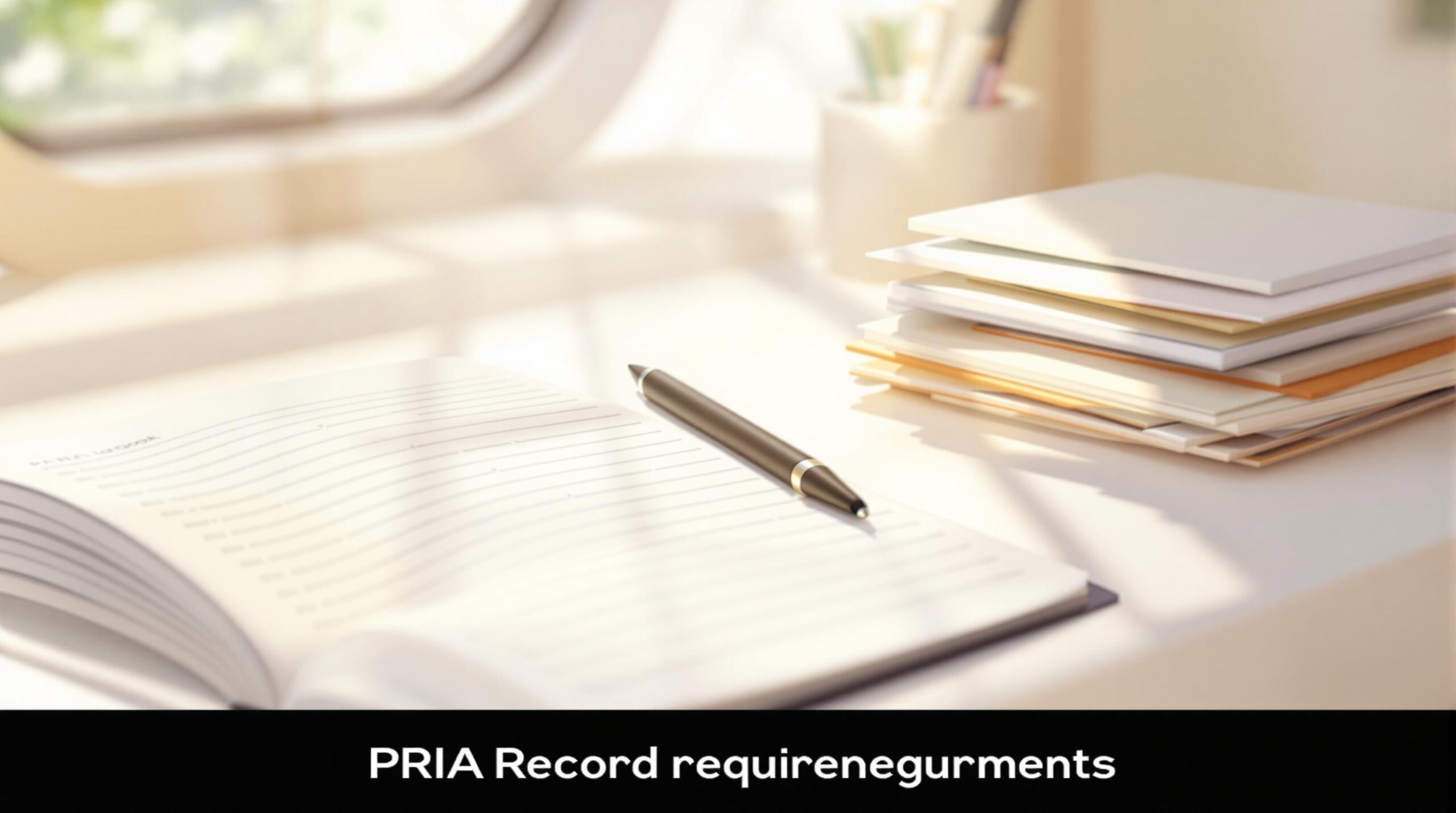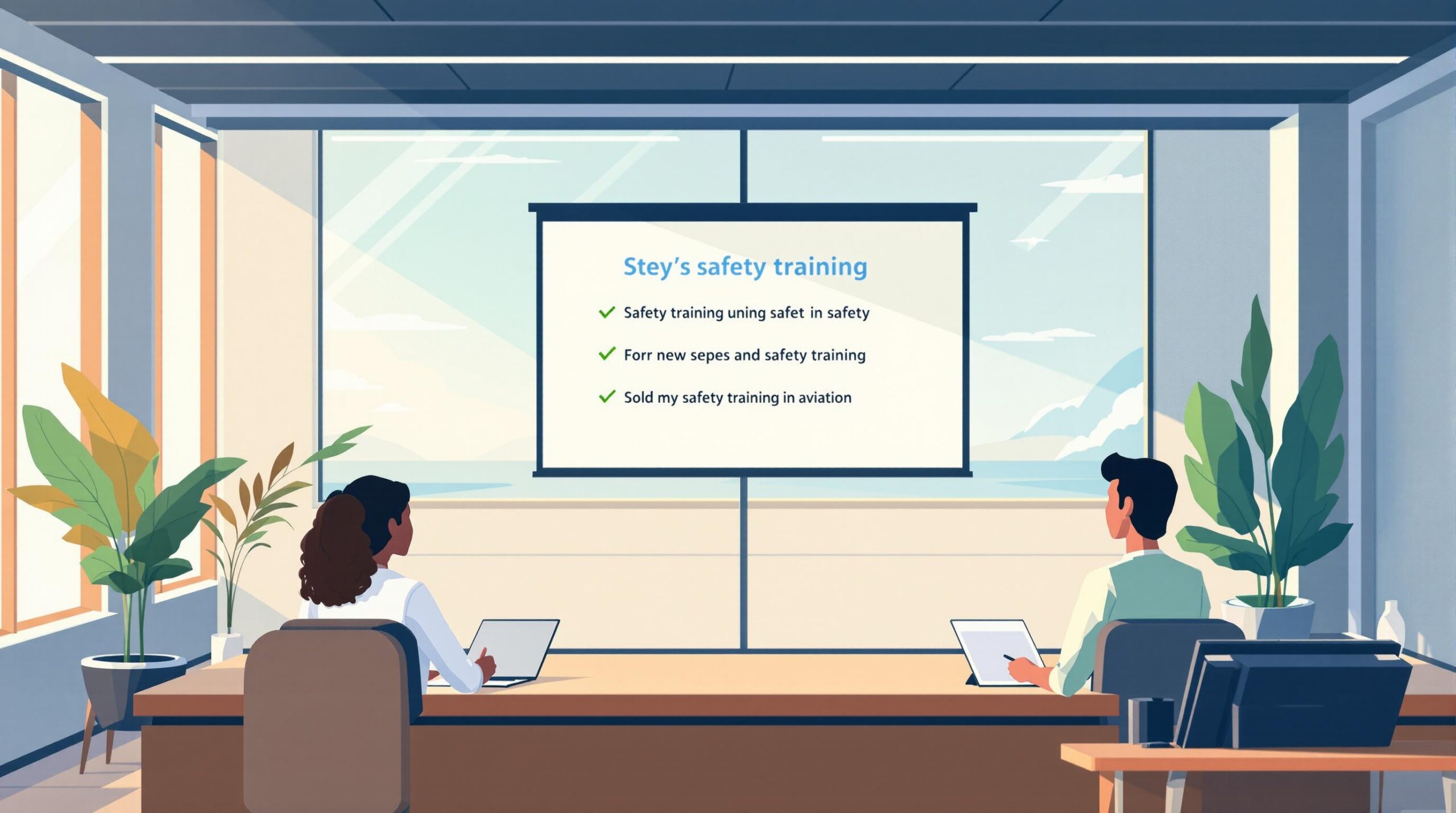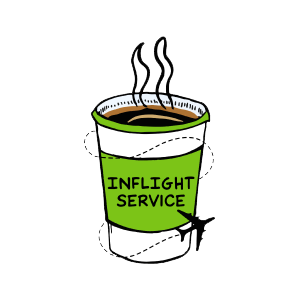PRIA (Pilot Records Improvement Act) ensures airlines review pilot qualifications to prioritize safety. Here’s what you need to know:
- What PRIA Covers: FAA certifications, 5-year employment history, and driving records.
- Key Deadlines: Airlines must respond within 30 days for records or 14 days if none exist.
- Penalties for Non-Compliance: Fines up to $11,000 per violation and potential certificate suspension.
- Tools for Compliance: Modern software reduces errors, tracks deadlines, and secures records.
For airlines and pilots, meeting PRIA requirements is essential to avoid penalties and ensure smooth hiring processes. This guide breaks down the rules, timelines, and tools to help you stay compliant.
PRIA and PRD for Part 91 Operators
Required PRIA Documents
The Pilot Records Improvement Act (PRIA) requires airlines and other operators to gather specific documents from three main sources to thoroughly evaluate pilot candidates. Each type of document provides key insights into a pilot’s professional background and safety record. Although the Pilot Records Database (PRD) will eventually replace PRIA, current regulations still apply [5]. Properly organizing these documents not only avoids penalties mentioned earlier but also simplifies the submission process.
FAA Records
FAA records are a critical part of PRIA requirements, covering certifications and regulatory history. These include:
- Active airman certificates, with type ratings and any limitations
- Medical certificate details, including restrictions or special conditions
- Legal enforcement actions resulting in violations, unless overturned
Note: Check-ride failures are not automatically included in PRIA records. To access this information, a separate Freedom of Information Act (FOIA) request is required.
Employer Records
Employers are required to provide a detailed 5-year history, which includes:
| Record Type | Details Required |
|---|---|
| Training Records | Results of initial, transition, and recurrent training |
| Performance Records | Proficiency checks, line checks, and competency reviews |
| Disciplinary Actions | Written warnings, suspensions, and professional issues |
| Employment Status | Termination details and reasons for dismissal |
| Drug/Alcohol Testing | Test results (per DOT rules), refusals, and follow-ups |
These requirements apply to Part 121, Part 135, and certain Part 91 operators. However, personal matters unrelated to job performance, like dress code violations, are typically excluded.
Driver Records
Carriers must also conduct a National Driver Register (NDR) check to verify driving history. This involves:
- Checking license status
- Identifying suspensions or revocations within the last 5 years
- Reviewing DUI convictions over the same period
Pilots must list all aviation employers, including foreign carriers (even though compliance from these carriers is voluntary). This aligns with PRIA’s broader objective of ensuring a thorough safety review.
These three categories of documentation directly tie into the compliance deadlines and challenges covered in the next section.
PRIA Deadlines and Problems
Keeping up with PRIA submission deadlines is a must for both pilots and air carriers. These deadlines affect three key compliance timelines, so staying on top of them is critical.
Required Timeframes
Air carriers are required to submit PRIA records within 30 calendar days of receiving a request [1]. If a pilot has no records, carriers must respond within 14 days with a formal statement saying no records are available [3].
Here’s how the timeline breaks down by record type:
| Record Type | Timeframe |
|---|---|
| FAA Records | 3-5 business days |
| Employer Records | 30 days (5-year history) |
| No Records Response | 14 days formal declaration |
During the transition to the Pilot Records Database (PRD), air carriers were required to manage both PRIA and PRD systems. By December 7, 2021, carriers had to start using PRD for FAA record evaluations, and by June 10, 2022, for all other records [5].
Common PRIA Mistakes
Errors in PRIA submissions can cause delays and even compliance violations. Knowing these common mistakes can help avoid unnecessary issues.
Documentation Errors:
- Incorrect dates in flight records
- Mismatched data between different sections [3]
Process Bottlenecks:
- Trouble retrieving records from closed companies
- Delays in getting international records
- Technical glitches with electronic submissions
- Seasonal backlogs at regulatory agencies
Using automated tracking systems can help carriers stay organized and reduce these problems. Many pilots also rely on specialized tools to keep their records accurate.
Fixing Record Discrepancies:
- Verify errors with original sources
- Submit corrections through the proper channels
- Monitor updates and notify employers
Failing to meet PRIA requirements can lead to steep fines, with penalties reaching up to $11,000 per violation [3].
sbb-itb-de05b1b
PRIA Software Tools
Efficient record management is crucial when facing strict penalties for non-compliance. Modern software simplifies the process and helps ensure compliance.
Software vs. Manual Filing
Switching from manual filing to software tools can transform how records are managed. Automated systems cut processing time by up to 95% and help avoid costly errors that might lead to compliance issues[4].
Here’s a quick comparison of the two approaches:
| Feature | Software | Manual |
|---|---|---|
| Time Efficiency | Auto-population saves significant time | Requires tedious data entry |
| Error Rate | Built-in checks reduce mistakes | Prone to human error |
| Record Storage | Digital, centralized repository | Requires physical storage |
| Compliance Tracking | Automated reminders for deadlines | Relies on manual tracking |
| Cost Impact | Higher initial cost, long-term savings | Lower upfront cost, higher labor expenses |
| Security | Encryption and multi-factor authentication | Vulnerable to physical breaches |
Modern software also ensures data safety with encryption and multi-factor authentication measures[2].
Pilot Pathfinder PRIA Tools

Pilot Pathfinder offers tools specifically designed for PRIA compliance. One standout feature is its browser plug-in, which automatically fills out PRIA-related fields in airline applications[6].
Key features include:
- Secure Logbook Integration: Easily imports flight records directly into the system.
- Document Organization: Centralized storage for all PRIA-required documents.
- Compliance Tracking: Automatically monitors submission deadlines to keep you on track.
- Data Validation: Cross-references records to ensure consistency.
For military pilots, the platform includes a conversion feature that formats flight records to meet PRIA requirements[3]. Additionally, it updates automatically to reflect regulatory changes and supports the transition to PRD standards.
PRIA Requirements Summary
Meeting PRIA requirements involves managing three key record categories within specific timelines. These rules are crucial for ensuring compliance for both pilots and airlines. Using automation tools can help streamline this process effectively.
As you prepare for the shift to PRD (covered in the Deadlines section), it’s important to continue following current PRIA protocols without any lapses.
Here’s a quick look at the key PRIA components:
| Record Type | Timeframe | Notes |
|---|---|---|
| FAA Records | Current | Must be verified before hiring |
| Employer History | Past 5 years | Requires response within 30 days |
| Driver Records | Current | Includes mandatory NDR check |
The move to PRD introduces electronic submission requirements but retains PRIA’s focus on safety and thorough record management.
FAQs
How does Pria work?
PRIA requires airlines to conduct background checks with the applicant’s written consent. This process involves gathering FAA certifications, a 5-year employment history, and driving records. Employers who share records in good faith are legally protected [7]. Modern tools streamline this consent-driven process, as explained in the PRIA Software Tools section.
How far back do Pria records go?
PRIA focuses on 5 years of employment-related training and discipline records, along with current FAA certifications and driving history. Additionally, the FAA’s Pilot Records Database (PRD) enhances these requirements by including older historical data, as mentioned in PRIA Deadlines and Problems [7].




